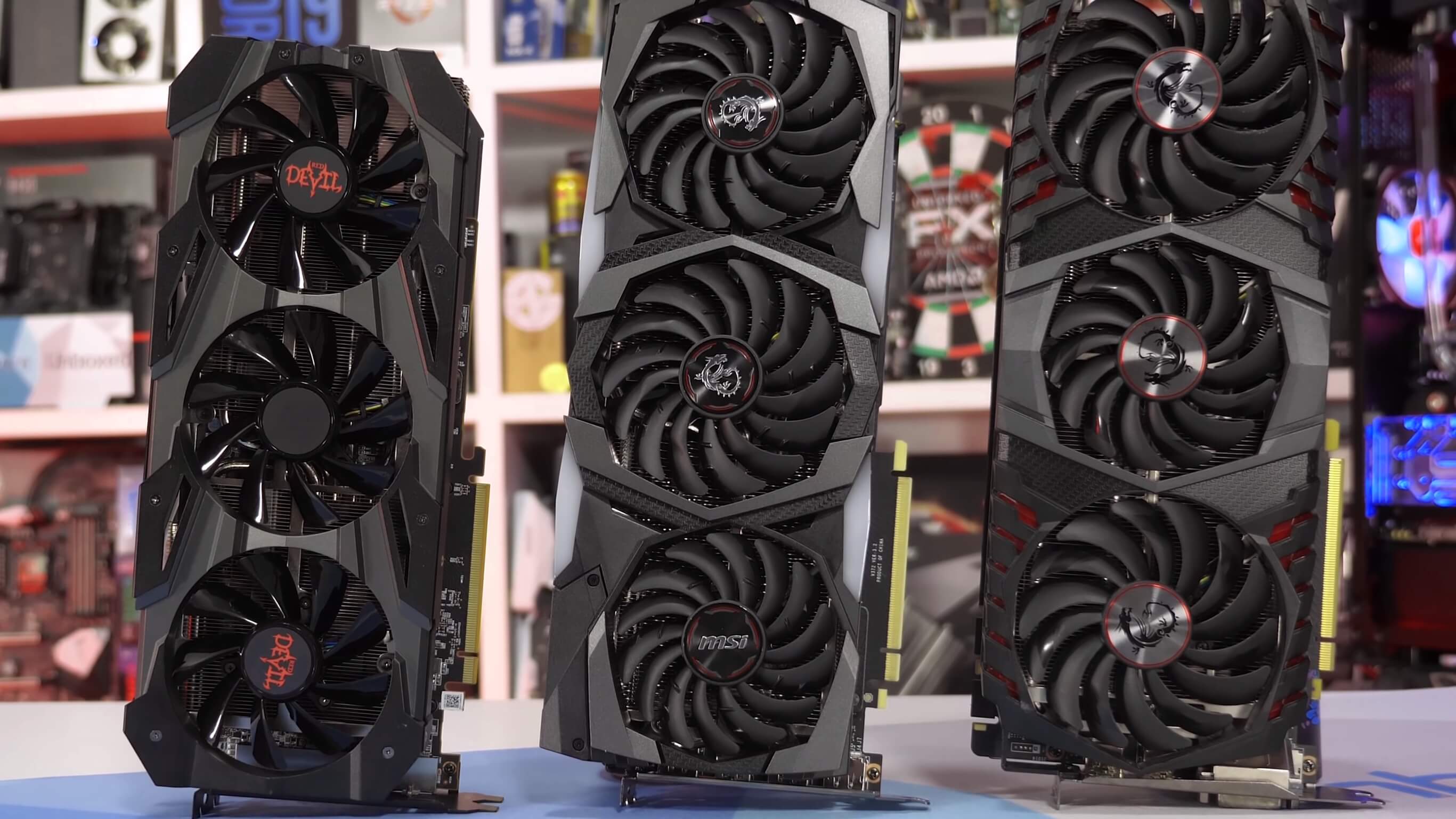Review does little to shed any light on anything.
Based on today's results, we wouldn't pay more than $400 for a used GTX 1080 Ti, in fact they’d only start to tempt us around the $350 mark.
Based on the results, they should tempt you at $400.
It's faster by 10% and most likely always will be.
The 5700XT is about maxed out in stock form, a GTX 1080Ti will overclock 10-15%, just like the GTX 1080 did in your review.
https://www.techspot.com/review/1174-nvidia-geforce-gtx-1080/page8.html
And yes, AMD's software is still inferior. You still, in 2019, hear from lots of folks about performance and stability issues with AMD drivers....and not just with games, video and audio issues are still quite prevalent. Your also getting less features/refinement, and with AMD you still need to add a GPU to run PhsyX.
If someone said, you can have either GPU for $400 today, its a no brainer, take the GTX 1080Ti. It's faster, has more features and more overclock room.
But you can only get them for $500 on average so the 5700XT is the better buy. That being said, with all of AMD's shortcomings, I would only pay $300-$350 for a 5700XT.
Not trying to rain on AMD, the 5700XT or Navi, its performance is impressive, but that is a $409 2019 GPU.
